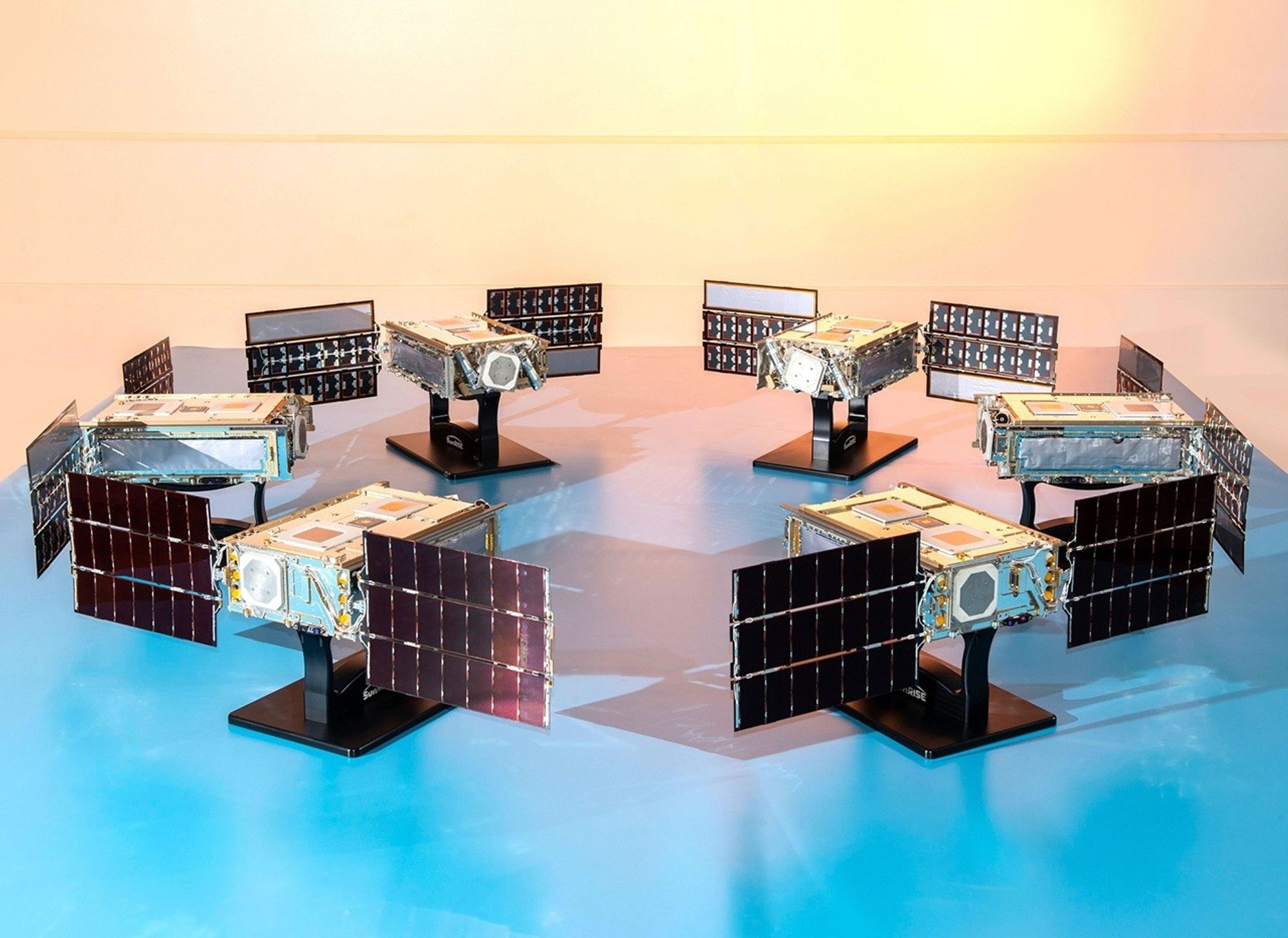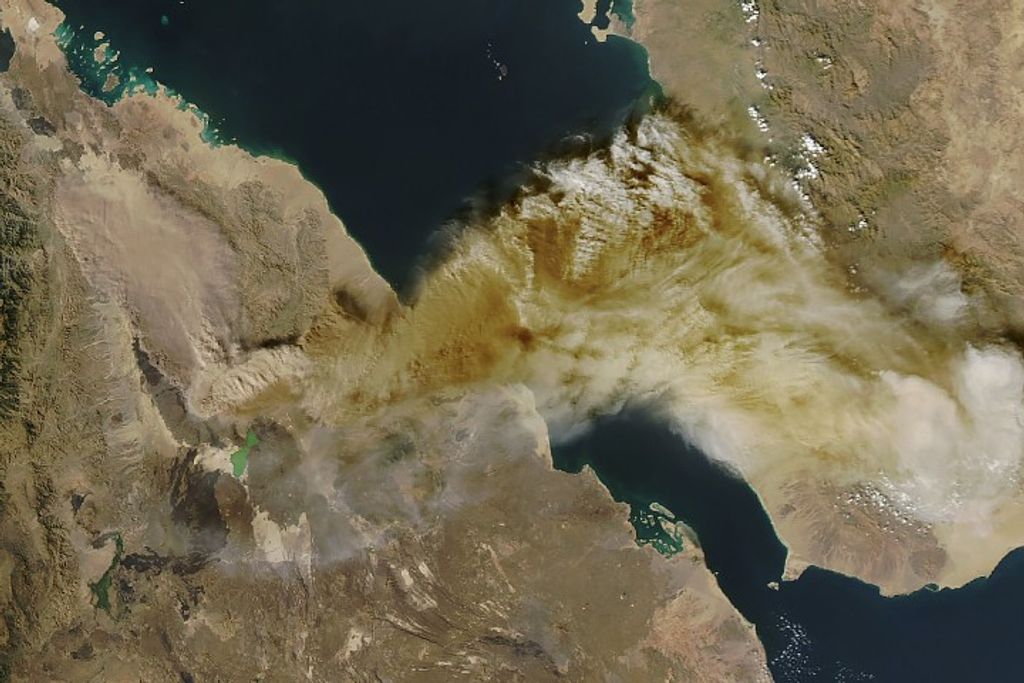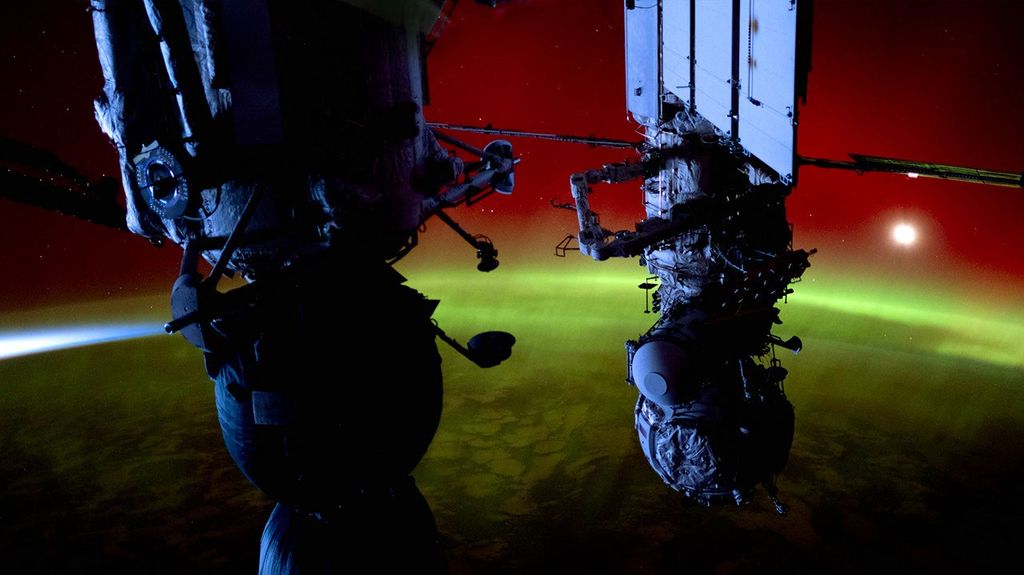NASA’s SunRISE Mission Reviewing Launch Date, Names New Science Lead

The team for NASA’s SunRISE (Sun Radio Interferometer Space Experiment) is reviewing the mission’s launch date, with anticipated launch no earlier than September. The heliophysics mission is sharing a ride aboard a United Launch Alliance Vulcan-Centaur rocket carrying U.S. government payloads.
The SunRISE mission consists of six toaster-size small satellites, or SmallSats, that will detect storms of solar energetic particles that can endanger spacecraft and astronauts. Working together, the six SmallSats will act as a single, giant radio telescope to capture in unprecedented detail data on the radio bursts associated with the Sun’s particle storms. Construction was completed on the six SunRISE spacecraft in 2023. Final prelaunch testing will begin this month.
Professor Susan Lepri, director of the Space Physics Research Laboratory at the University of Michigan in Ann Arbor, took over as the mission’s principal investigator in January.
“I’m thrilled to take the helm of this mission as principal investigator and be a part of this team whose innovative work, initially spearheaded by Dr. Justin Kasper, will soon come to fruition,” said Lepri. “This mission will deliver pioneering data on space weather hazards as they erupt from the Sun.”
NASA’s SunRISE is a Mission of Opportunity under the Heliophysics Division of the agency’s Science Mission Directorate at NASA Headquarters in Washington. These opportunities are part of the Explorers Program, managed by NASA’s Goddard Space Flight Center in Greenbelt, Maryland. The project is managed by NASA’s Jet Propulsion Laboratory in Southern California, a division of Caltech in Pasadena, California. Utah State University’s Space Dynamics Laboratory built the SunRISE spacecraft. JPL also provides the mission operations center.




























